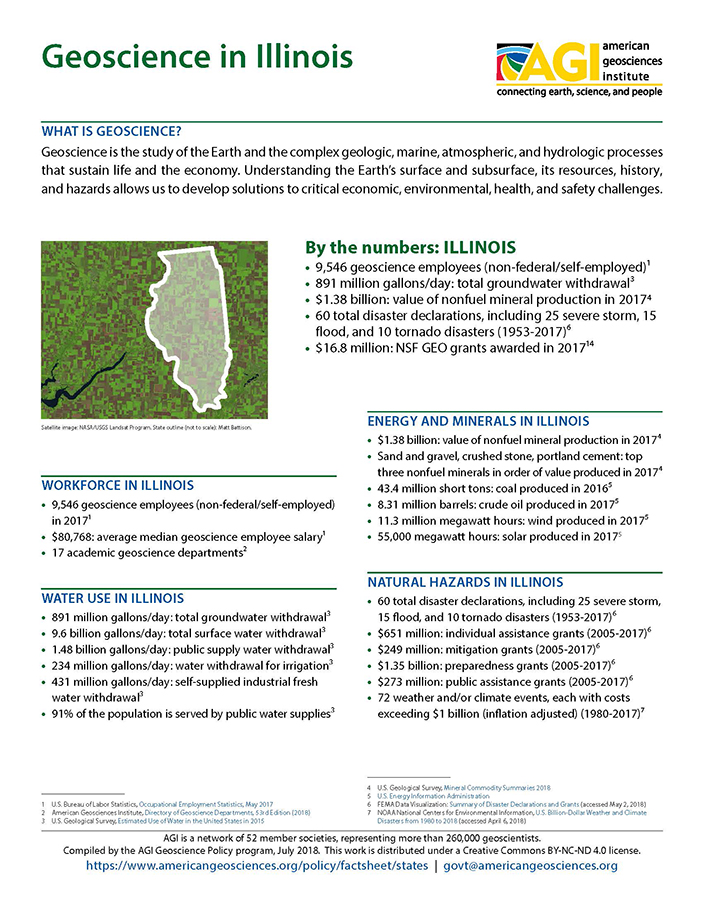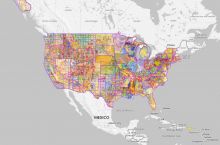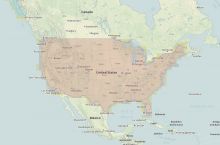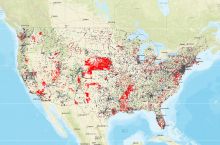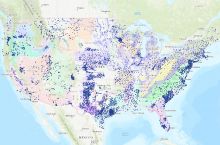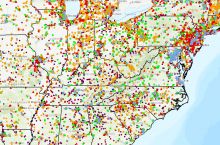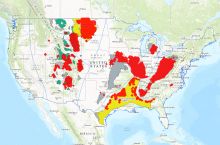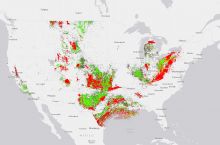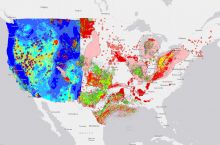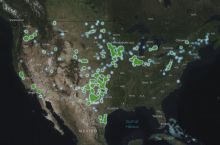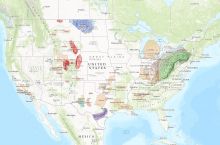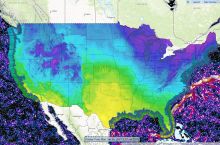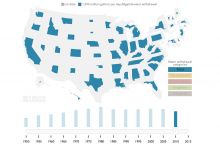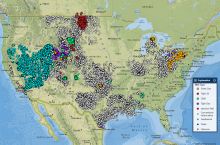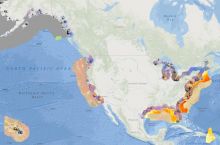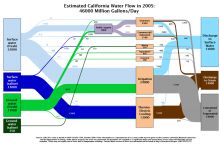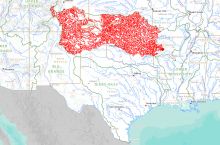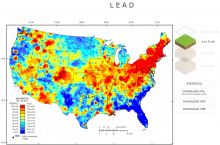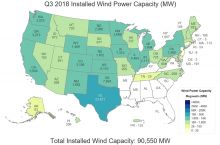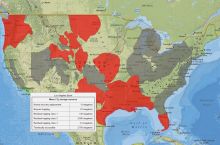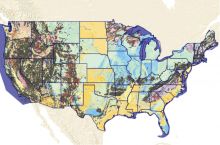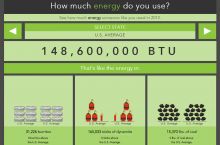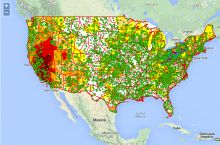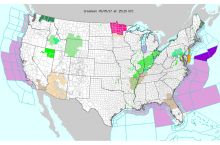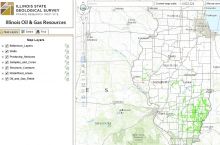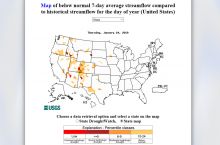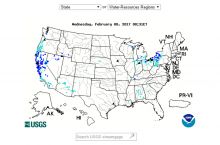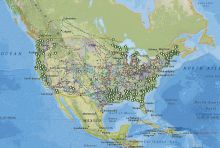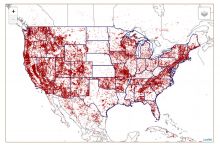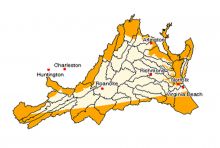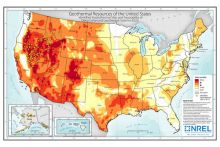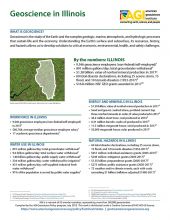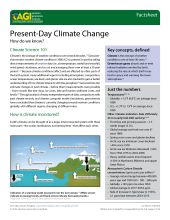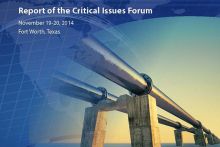By the numbers: Illinois
- 9,546 geoscience employees (excludes self-employed)1
- 891 million gallons/day: total groundwater withdrawal3
- $1.38 billion: value of nonfuel mineral production in 20174
- 60 total disaster declarations, including 25 severe storm, 15 flood, and 10 tornado disasters (1953-2017)6
- $16.8 million: NSF GEO grants awarded in 2017...
Agencies Working on Geoscience Issues in illinois
Established in 1982, the Illinois Clean Coal Institute coordinated a comprehensive coal research and development program addressing issues related to sulfur and other noxious elements in Illinois coal. The full archive of almost 800 reports produced from this work over the course of 35 years is housed in the coal section of the Illinois State Geological Survey's website.
The mission of the Illinois Emergency Management Agency is to prepare, protect and assist the citizens of the State of Illinois through planning, prevention, training, mitigation, response, and recovery to all hazards, natural or manmade.
The mission of the Illinois EPA is to safeguard environmental quality, consistent with the social and economic needs of the State, so as to protect health, welfare, property and the quality of life.
The Illinois Office of Mining and Minerals regulates the mining industry throughout the State of Illinois; regulates the possession, use, and storage of explosives; and enforces various acts which govern the mining industry.
The Illinois Office of Oil and Gas Resource Management is the regulatory authority in Illinois for permitting, drilling, operating, and plugging oil and gas production wells. The Office implements the Illinois Oil and Gas Act and enforces standards for the construction and operation of related production equipment and facilities. In addition, the Office regulates the injection of fluids into underground injection wells, through the UIC Program, and cleans up abandoned well sites through the PRF and Landowner Grant Programs.
The Illinois Office of Water Resources is the lead state agency for water resources planning, navigation, floodplain management, the National Flood Insurance Program, water supply, drought, and interstate organizations on water resources. Interagency duties include the state water plan, drought response, flood emergency situation reports, and the comprehensive review of Illinois water use law.

